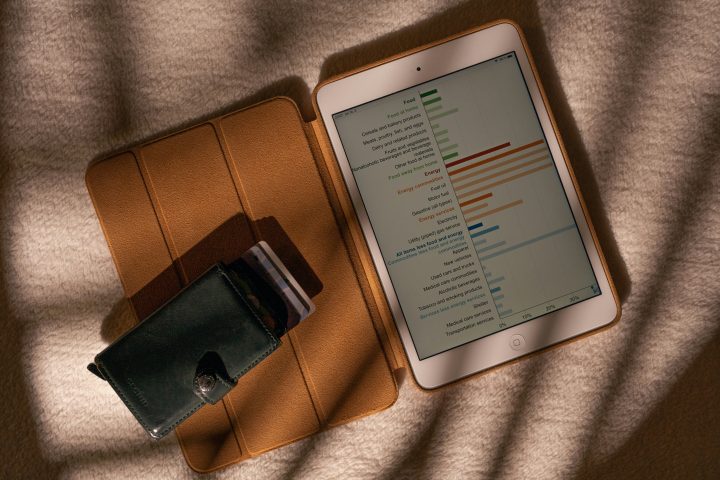If you don’t move often and are intimidated by the process, then you’ve come to the right place. This article, curated by Safebound Moving & Storage, gathers tips from pro movers who have moved dozens of times in their lives. Read on to discover how to make your moving experience the best it can be!
Tip #1: Label Everything
You should clearly label your moving boxes on several sides. Particularly if you’re keeping items in storage for a time, the smallest details matter a lot. I usually make sure to be really thorough while marking my moving boxes, regardless of how tedious or useless it appears at the moment.
Make a list of everything inside, paying special attention to goods you know you need to unpack right away. This makes it simpler to unpack since you will be able to identify what is in each box and where to find it. You that end, be sure to label each box with its contents on the top and at least two distinct sides so that you can quickly find what’s inside, even if it’s stacked or misplaced. Even if you’re using a long distance moving company, marking the boxes help dramatically.
Tip #2: Hangers Can Be Used to Fill Space & Make Stronger Boxes
One of those items you don’t give much thought to until you need to pack them is hangers. You don’t want to just leave them behind because you’ll need them as soon as you unpack your clothing, but they just seem to take up so much space. My remedy? Utilize them while you pack to provide additional support for your boxes.
No matter how efficiently I believe I’m packing, there will always be a few boxes (or a lot of boxes) with some extra room at the top. If you leave additional room in your box, it will be less stable and more prone to collapse if other things happen. When you’ve got some empty space at the top of a box, throw the hangers in there to fill it up.
Tip #3: Mark Boxes With Symbols & Initials
This trick reduces the amount of time you need to spend packing and unpacking. I like to mark up my boxes, in case you hadn’t guessed. However, writing the same things repeatedly might become tiresome, so I speed up the process by employing symbols and shorthand. For instance, I may label multiple sides of a box with a large “F” and a circle instead of putting “fragile” on every box containing breakables. I also use abbreviations for places; for instance, if I’m packing a box with items for the living room, I’ll just write “LR.” Color-coded stickers or other colored markers are further choices for quick identification.
Tip #4: Use Wooden Beams to Support Furniture
I learned this easy trick by studying the professionals. Use wood beams to assist in keeping furniture with legs stable while packing and moving things such as chairs and tables. After covering your table or chair, cross a couple of beams in the middle of the legs, taping them in place at the crux and again at each point where the end of the beam meets the leg using multiple rounds of packing tape. This will prevent the legs from slipping during the relocation, especially given the possibility of items shifting within the moving truck or storage container.
Tip #5: Make An Exhaustive Inventory
We’re all quite acquainted with moving checklists, but have you ever made an inventory sheet for your packing materials? This extra step can seem like a bother while you start packing, but as you start unloading boxes at your new home, I promise you’ll thank me later. As you pack, give each box and each prepared individual item a number. For this, I prefer to use a thick piece of painter’s tape because it won’t harm unboxed objects and makes it simple to find the number afterward. Add the matching number to your list along with a succinct but thorough description of the thing or what’s in the box. You may check your list against the items when it’s time to unload to be sure.
Tip #6: See If Your Homeowners or Renters’ Insurance Protects You While Moving
Simple renters insurance policies may start as little as $10 per month, so even if you decide to cancel it later, it’s still worthwhile to research a plan and confirm that it covers your relocation. It’s a terrific, easy trick to use to secure your belongings while saving money on moving insurance.












